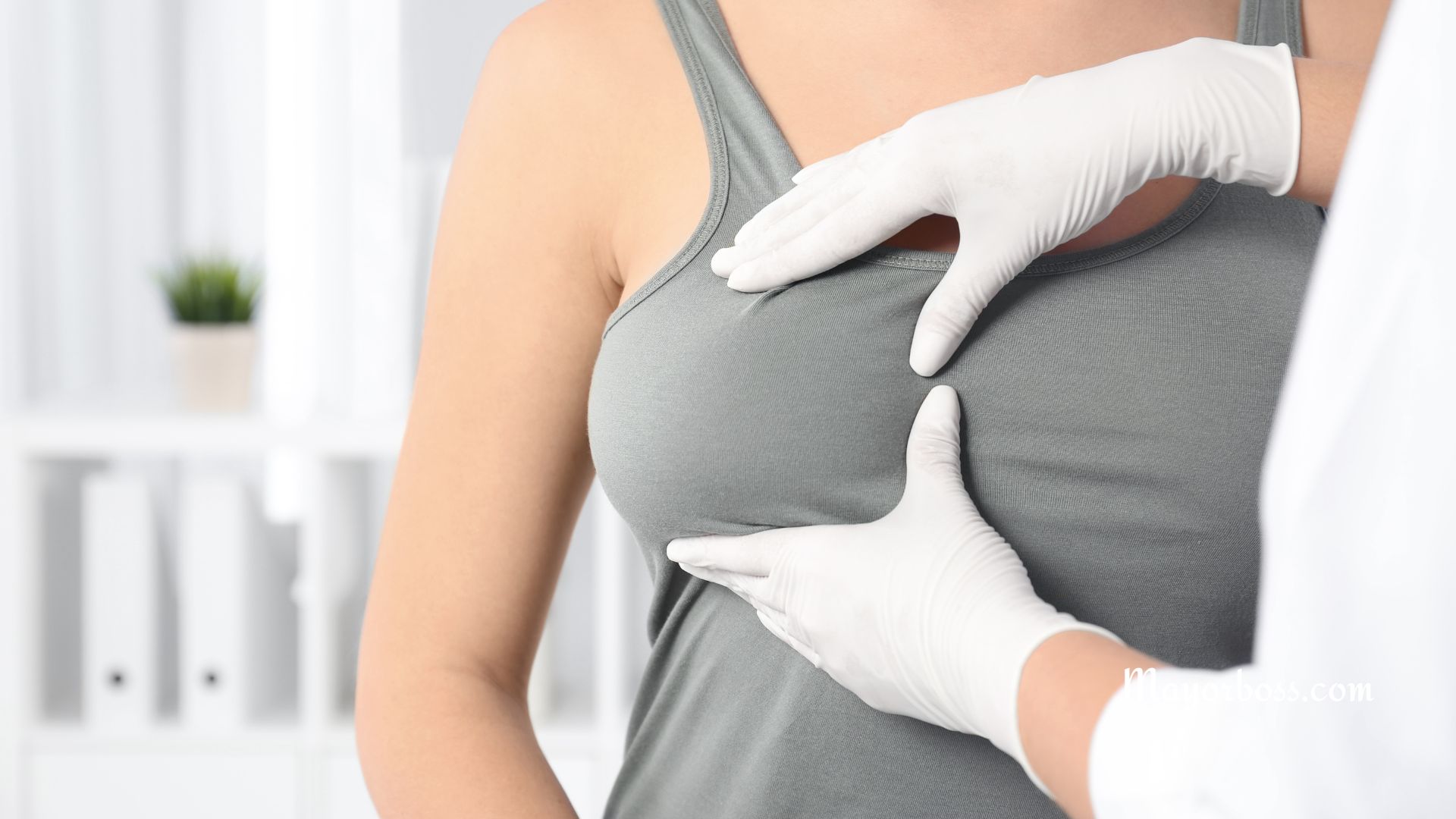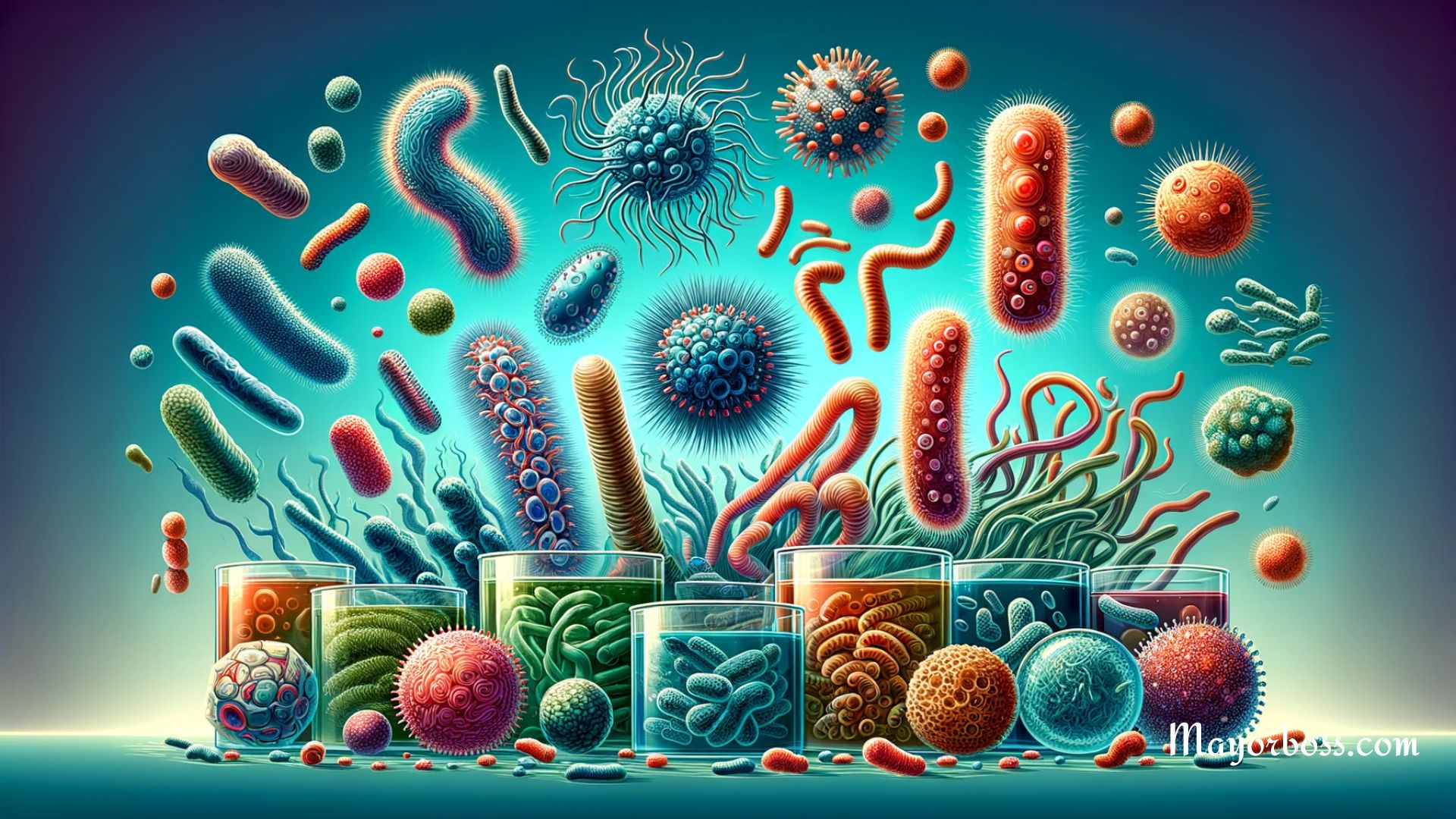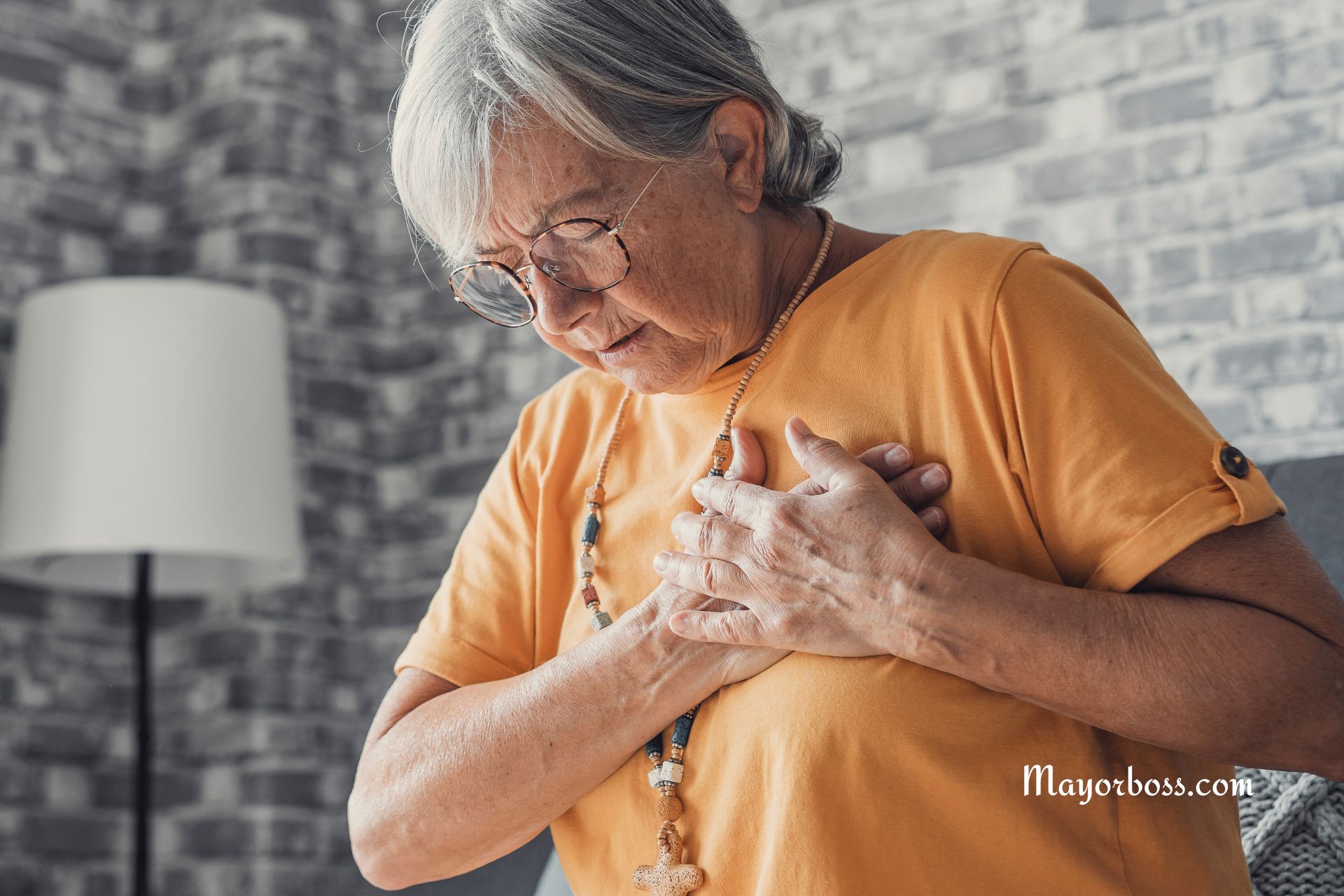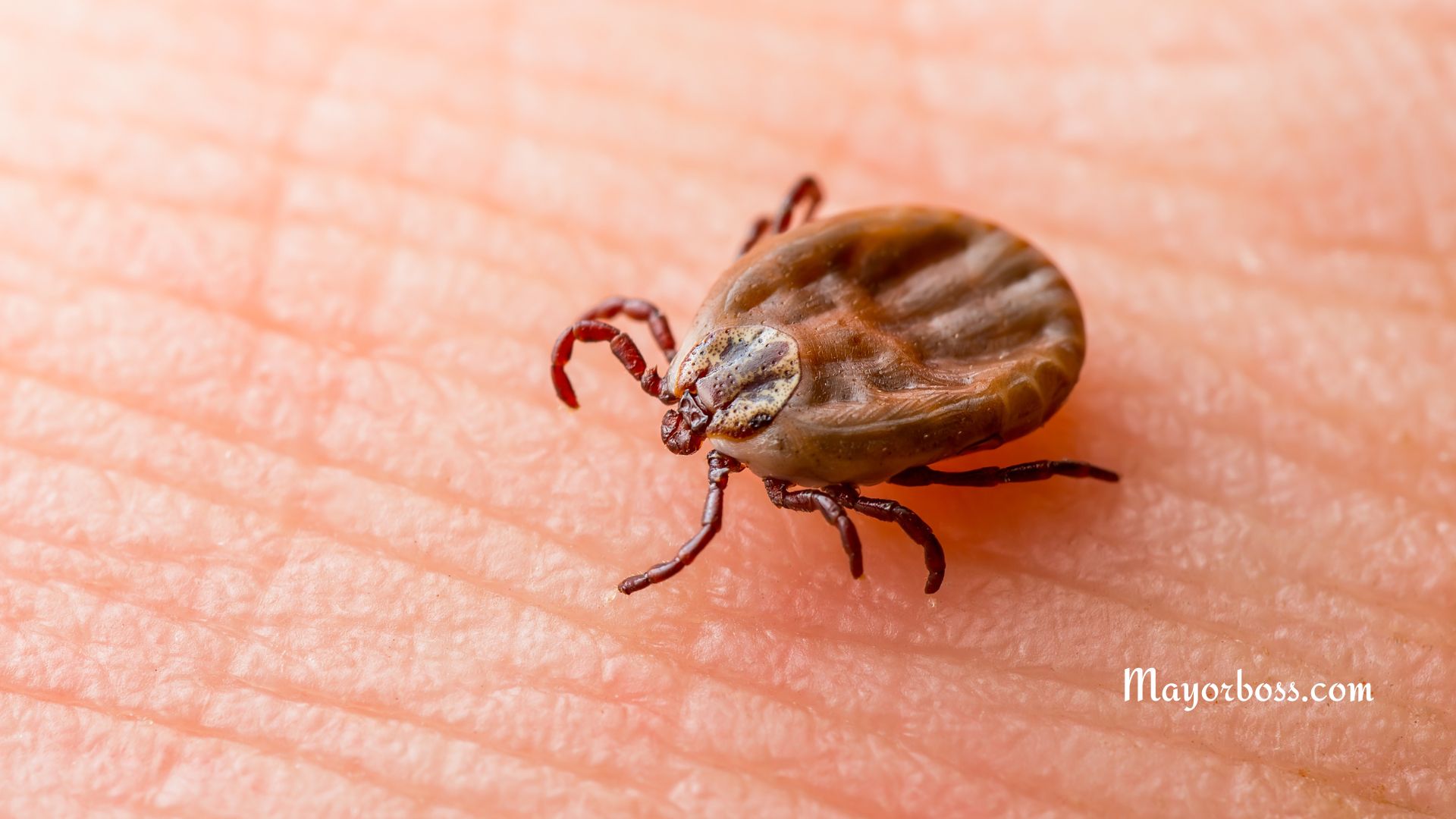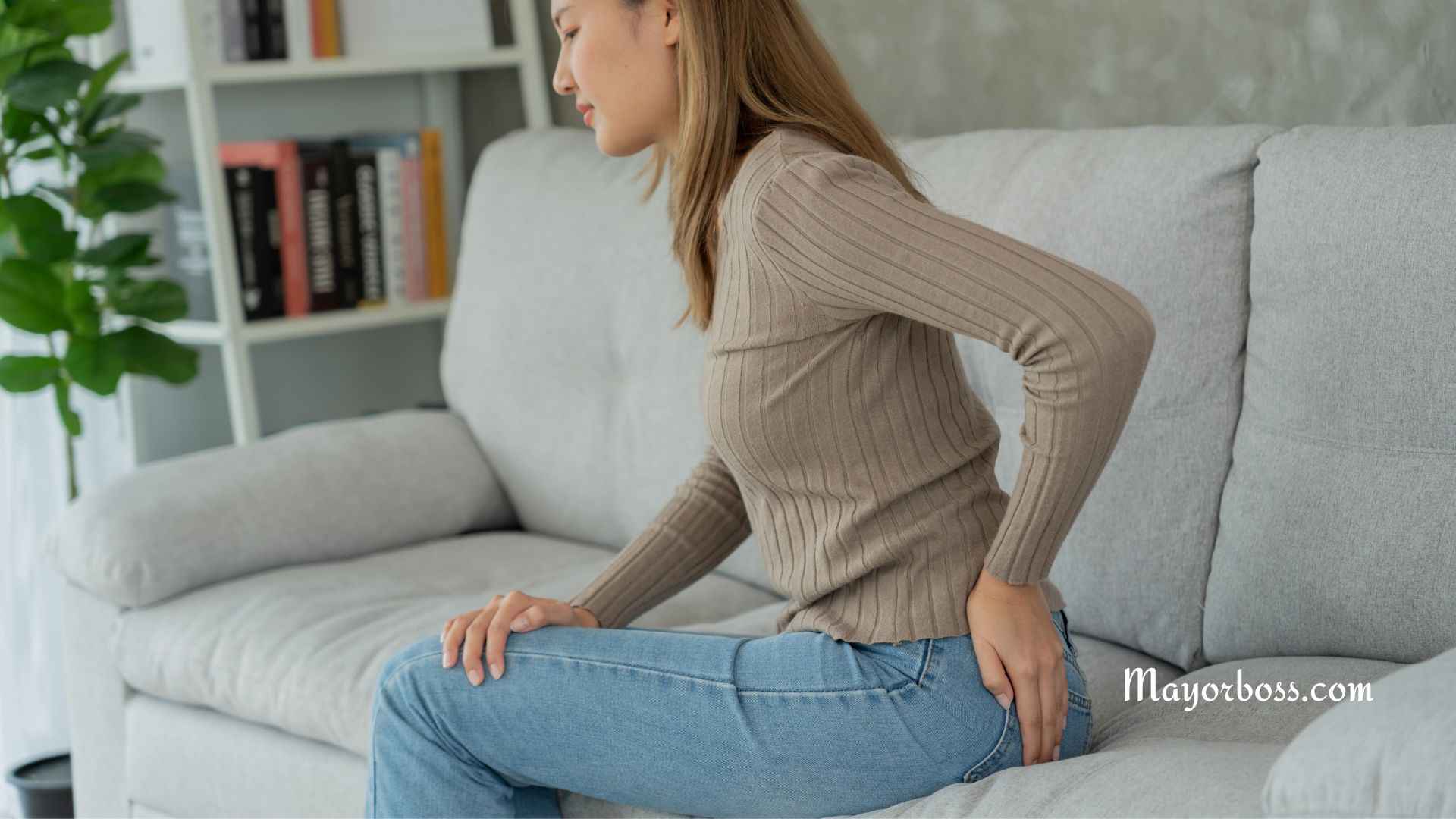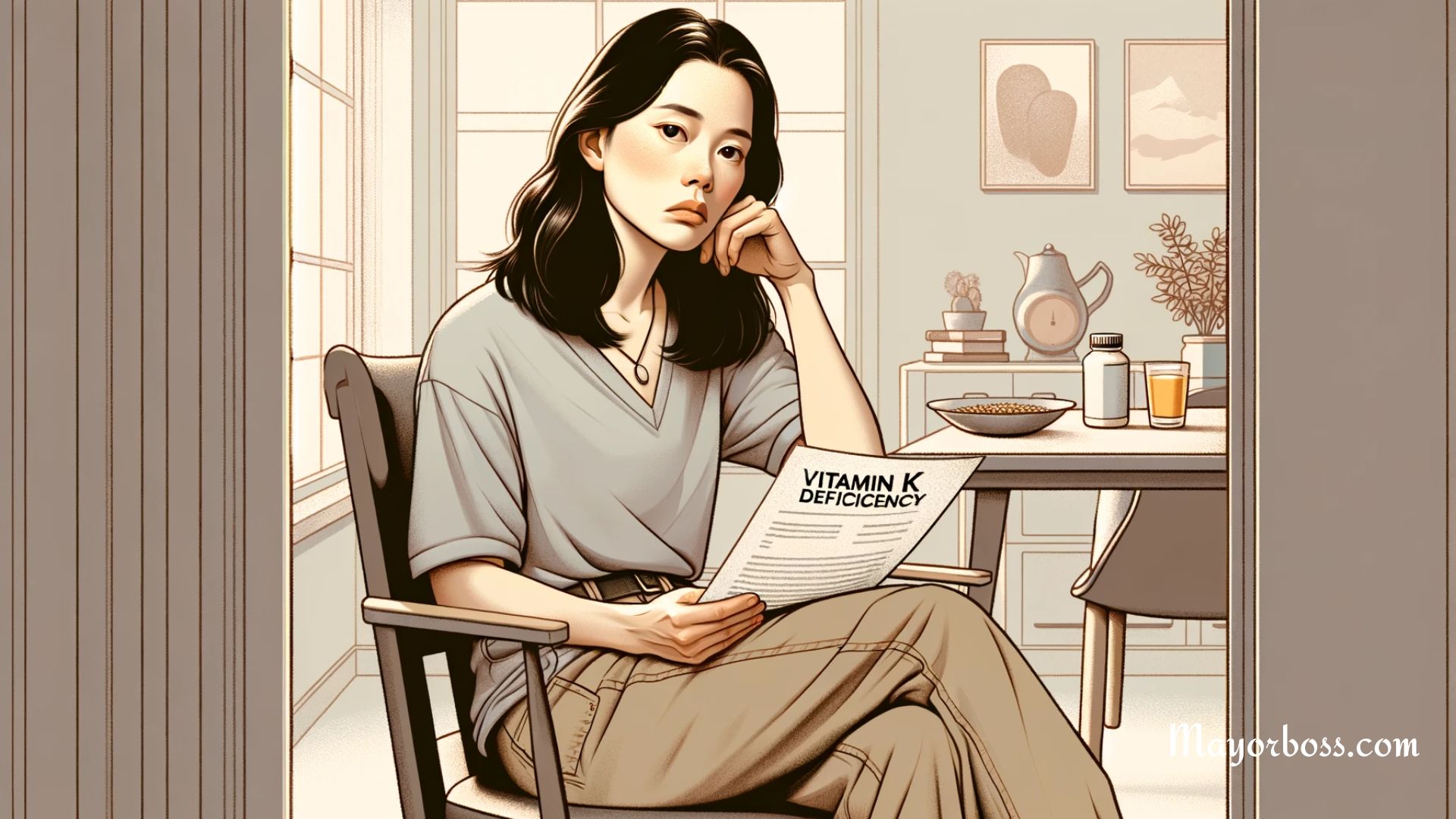Blisters: What Are They and How to Treat Them
Blisters are small, fluid-filled pockets that form on the top layer of the skin. Often painful and uncomfortable, they result from friction, burns, or other forms of skin irritation. Symptoms include a raised, bubble-like appearance, tenderness, and potential redness in the affected area. Treatment often involves protection, cleaning, and sometimes medication.
What Are Blisters?
Blisters are your body’s way of protecting deeper layers of the skin from further damage. They are typically filled with a clear liquid called serum, although they may also contain blood or pus if infected.
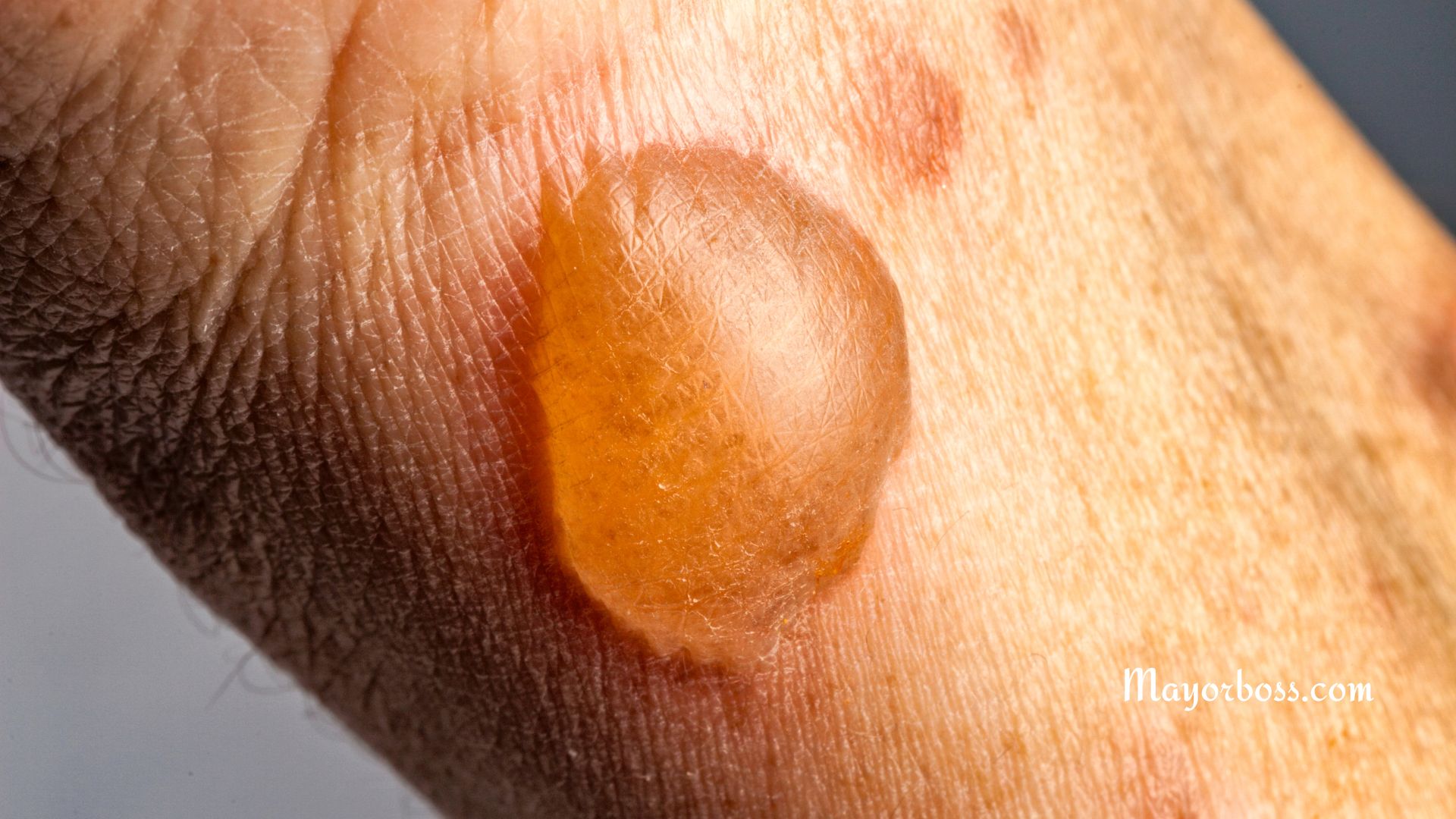
Types of Blisters
- Friction Blisters: Often occur on the hands or feet due to rubbing or pressure.
- Burn Blisters: Caused by contact with heat, such as sunburn or scalds.
- Contact Blisters: Result from an allergic reaction to substances like poison ivy or chemicals.
- Appearance: Usually clear but may appear bloody if vessels are damaged.
- Pain Level: Can range from mild discomfort to more severe pain, depending on the cause.
Common Causes of Blisters
Friction
When you wear shoes that don’t fit well or when you perform repetitive actions with your hands, friction blisters may form.
Burns
Exposure to extreme heat or cold can cause blisters. These can occur from cooking accidents, sunburn, or frostbite.
Medical Conditions
Certain illnesses, such as cold sores, chickenpox, herpes, impetigo, scabies, or eczema, can cause blisters to form on your skin.
Symptoms
When you have a blister, you may notice:
- A raised area filled with fluid
- Pain or discomfort
- Redness around the blister
How Can You Treat Blisters?
When you have a blister, proper care is crucial. Here’s what you can do:
- Don’t Pop It: As tempting as it may be, avoid popping the blister as it can cause infection.
- Clean the Area: Use gentle soap and water to clean around the blister.
- Protect It: Apply a bandage or other protective covering to keep it safe from further irritation.
- Use Over-the-Counter Treatments if Needed: Special blister plasters or ointments may help.
When to See a Doctor?
Most blisters heal on their own. However, you should seek medical advice if:
- The blister is in a sensitive area like your eyes or mouth.
- You notice signs of infection, such as increased redness, swelling, or pus.
- You have a blister that keeps coming back.
Prevention Tips
To help you avoid blisters:
- Wear comfortable, well-fitted shoes.
- Use gloves for repetitive hand tasks.
- Apply sunscreen and avoid prolonged sun exposure.
- Be cautious around hot or cold objects.

